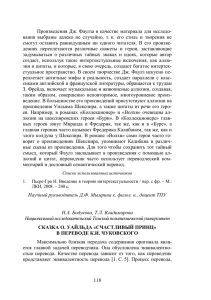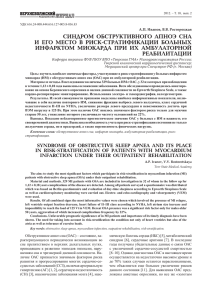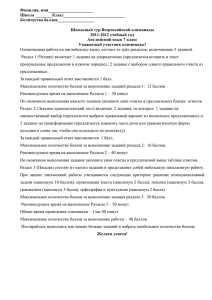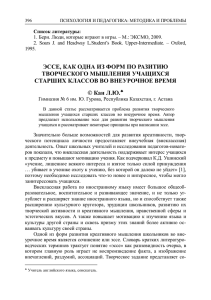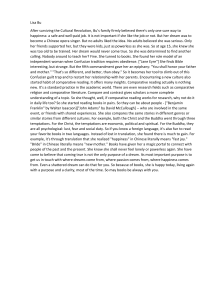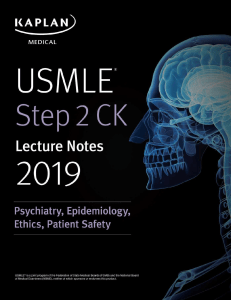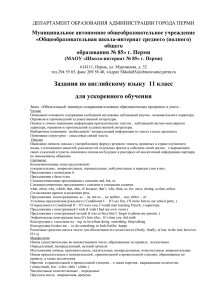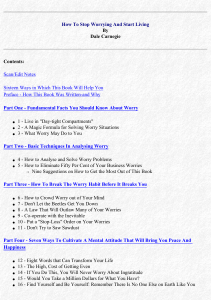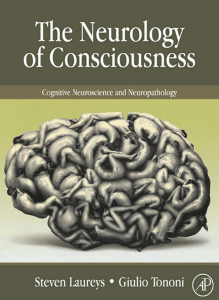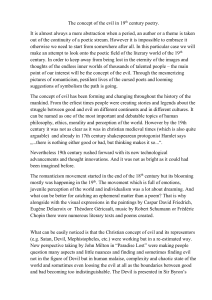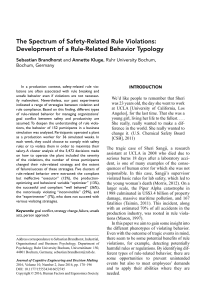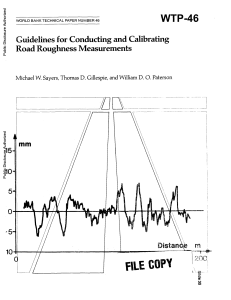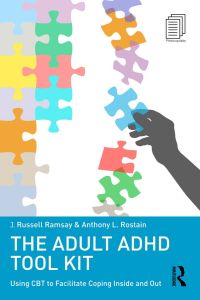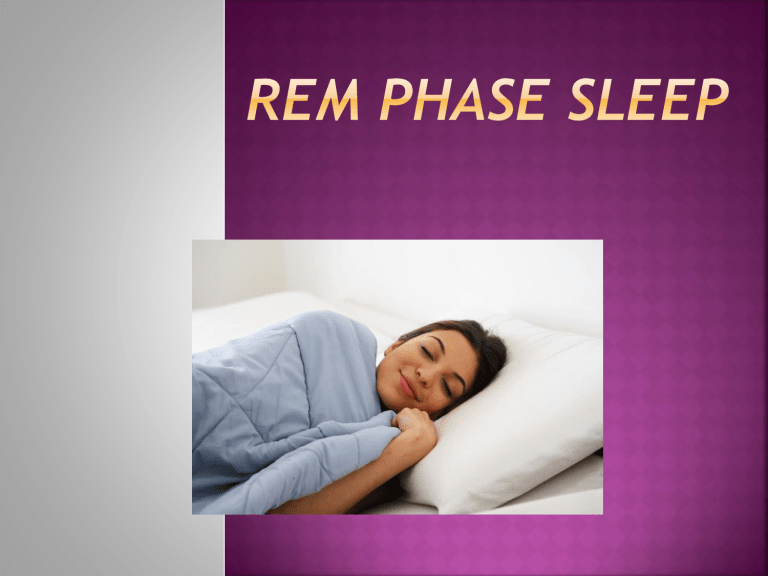
From the English language, the term «REM» decrypts as «rapid eye movement» REM phase - phase of sleep characterized by increased brain activity. One of the signs of this phase are the rapid movements of the eyeballs. The discovery of REM sleep and its Association with dreaming was recognized for Kleitman Nathaniel and Eugene Aserinsky from the University of Chicago in 1953. On average, the fast/slow sleep cycle is repeated about four to five times per night. REM sleep phases are 20-25 % of night sleep, about 90-120 minutes, one phase lasts 10-20 minutes and alternates with a slow sleep phase. In the REM sleep phase, larger muscle groups are in a relaxed state, and brain activity is activated About 85% of the test subjects woke at 4 minutes after the beginning of the REM phase, said he saw the colorful dreams If you Wake up during REM sleep, you can get into sleep paralysis Laboratory studies of the REM phase have shown the need for this phase for the life of the body. A mouse deprived of the REM phase of sleep, were killed in 40 days of such a regime, in that time, another mouse has survived through a phase of slow sleep During the REM sleep phase, the brain "filters" the information received during the day, discards unnecessary, secondary Fast sleep centers: Blue Vestibular nucleus of the medulla oblongata Upper dvupolnye of the midbrain Reticular formation of the midbrain (BDG) Centers that regulate the sleep cycle: Blue spot (stimulationawakening) Some parts of the cerebral cortex Violations of the REM sleep phase In 55% of people, the cause of violations is unknown, and in 45% of people, violations are associated with the use of alcohol and sedatives, tricyclic antidepressants Disorders of REM sleep make not only to survive heavy, violent dreams, but also to show appropriate behavior. People suffering from this disorder can beat, moan and scream in their sleep, fall off the bed Due to a disturbance in the REM sleep phase, mild psychological disorders such as anxiety, irritability, hallucinations and concentration disorder may develop, and appetite may increase The violation of behavior during the REM sleep phase is said in the case when the patient begins to really (behaviorally) participate in the plots of his dreams during sleep. Stories of dreams often contain some sort of action Violation of behavior during REM-sleep is a disease. It's not a mental disorder Violation of behavior during REM-sleep often occurs in men. The disease can occur at any age, but more often it appears in men after 50 years Antiepileptic drug "Clonazepam" helps 90% of patients. In most cases, it is not addictive. If the drug does not work, prescribed melatonin — hormoneregulator of daily rhythms Lucid dreaming – how to induce REM sleep phase Lucid dreaming is a state in which a person realizes that he is sleeping. Retains clarity of thinking and memories, as well as information from dreams. During a lucid dream, a person experiencing this phenomenon affects the content of the dream and can sometimes fully control it. • It is believed that in order to achieve lucid dreams you need to train using techniques that allow you to enter the REM phase during sleep Sometimes meditation is also recommended as a useful tool in this process and in the process of exteriorization • Self-hypnosis helps people who are affected by hypnosis to achieve a lucid dream • A very important aspect of lucid dreams is the reality test. It helps to distinguish reality from sleep and accept the reality of sleep MILD technique (Mnemonic Induction of Lucid Dream) – is in awareness during the dream that you dream. In the process of falling asleep, it is recommended to focus on the fact that you sleep. WILD technique (Wake Induced Lucid Dream) – is the retention of consciousness during sleep, allowing the sleep to go straight in a fast phase; in practice this technique is difficult to learn and can cause discomfort, used in combination with the WBTB technique. WBTB technique (Wake-Back-To-Bed) – requires awakening after a short sleep time and re-sleep. Sometimes it is recommended not to sleep for 10 to 60 minutes after waking up. This disrupts the natural sleep cycle, but over time will help to achieve lucid dreams. CAT technique (Cycle Adjustment Technique) – is to adjust the time of lucid dreaming under its own sleep cycle. To achieve lucid dreams, you should fall asleep every day for a week at the same time, but Wake up every day 90 minutes earlier than the previous day. After waking up, you should perform a so-called test of reality. VILD technique (Visual Incubated Lucid Dream) - lies in visualization sleep. Before going to bed you need to visualize several times the dream you want to see.
